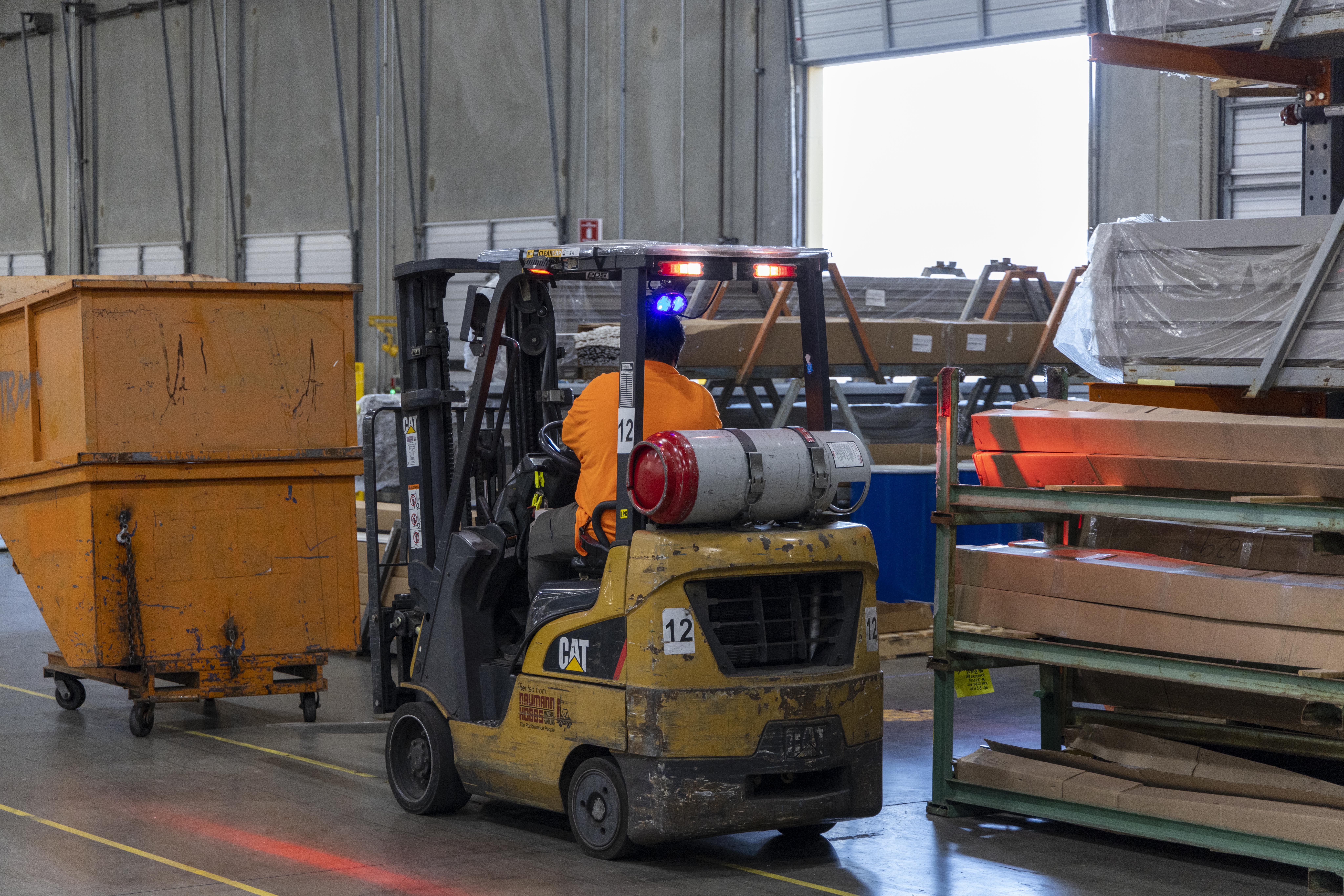Industry 4.0: How the digital twin is transforming manufacturing
Imagine using a digital model to plan where to place furniture in a new home. Now, what if that model could also tell you which items to bring in first, how to load your furniture dolly and the best way to fit large pieces through your door?
Envision doing that in a production environment, digitally figuring out the best orchestration of the people, supplies and processes to achieve optimized performance. This is known as a digital twin.
And it’s where JELD-WEN is headed.


The Fourth Industrial Revolution
First there was water and steam power which powered manufacturing from a manual process. Then there were assembly lines which allowed for mass manufacturing. Then came computers to help automate manufacturing. Today, smart technology is transforming manufacturing into a connected and data-driven model. Enter the digital twin.
“Digital twins are electronic representations of physical processes,” says Karl Henn, VP of product development and manufacturing engineering. “They allow us to make virtual changes and to experiment with different scenarios, so we can make quick, efficient, informed decisions.”
At one JELD-WEN plant for example, process simulation software is used in building digital models. These models help the plant visualize and evaluate the consequences of potential decisions and changes. It helps boost production and eliminate waste by focusing on how associates move supply materials wherever they are needed in the plant.
“By simulating their routes using a digital twin, the team validated the best routes for associates to follow and how long each replenishment cycle needed to take,” Karl says. By using the insights derived from digital twin technology, the facility was able to optimize material flow and processing, resulting in a 37% improvement in throughput in early 2023.

Karl Henn VP of product development and manufacturing engineering, JELD-WEN North America

With further adoption of the Industry 4.0 model over time, JELD-WEN anticipates realizing even more the advantages of this latest revolution in manufacturing:
- Greater visibility into key processes by having more access to data
- Increase in production and productivity due to more automation and use of robotics
- Better quality control through finding and fixing concerns faster
- Enabling more eco-friendly practices, waste reduction and resource optimization
- Stronger appeal to the new generation of workers
